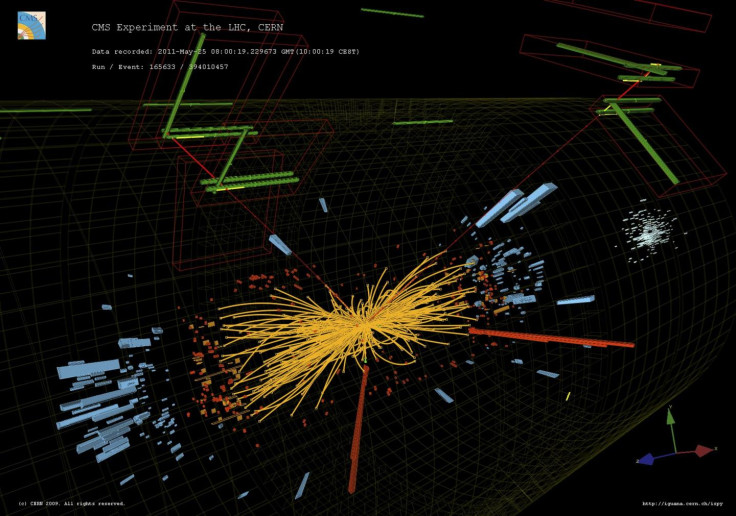New boson that interacts with dark matter has been predicted by scientists
Madala boson predicted as a result of 'peculiarities' in data from experiments at the LHC.
A new boson has been predicted by scientists following "peculiarities" found in data from Cern's Large Hadron Collider before its two-and-a-half shutdown at the end of 2012. Subsequent experiments since its restart have corroborated features predicted in the Madala hypothesis – which says a boson that interacts with dark matter may exist.
The discovery of the Madala boson would vastly increase our understanding of dark matter – the unidentified type of matter that makes up around 27% of the universe. To put that in perspective, ordinary physical matter makes up only 5% of the universe.
Researchers from the University of the Witwatersrand (Wits) in Johannesburg say that unlike the Higgs boson, which was discovered in 2012 and interacts with ordinary matter, the Madala boson would interact with dark matter.
"Physics today is at a crossroads similar to the times of Einstein and the fathers of quantum mechanics," said Bruce Mellado, who led the team at Wits. "Classical physics failed to explain a number of phenomena and, as a result, it needed to be revolutionised with new concepts, such as relativity and quantum physics, leading to the creation of what we know now as modern physics."
The Madala hypothesis was formulated following the discovery of unusual proton-proton collision data during the first run of the LHC. "Based on a number of features and peculiarities of the data reported by the experiments at the LHC and collected up to the end of 2012, the Wits HEP group in collaboration with scientists in India and Sweden formulated the Madala hypothesis," Mellado said.

When the particle collider was restarted, the experiment was repeated, and data showed the same unusual characteristics. A statement from Wits said: "These features in the data were interpreted as being due to the existence of a new scalar, the Madala boson, with a mass around 270 GeV. A conservative statistical combination yielded a three sigma effect."
The discovery of the Madala boson would add to the Standard Model, the incomplete theory that explains how the basic building blocks of matter interact. The discovery of the Higgs boson helped complete the Standard Model, but it does not account for a number of other phenomenon in the universe, including dark matter and gravity.
"The significance of the discovery of new bosons goes beyond that of the Higgs boson," the annual report of South Africa's work at Cern stated. "The Higgs boson was needed to complete the Standard Model of Particle Physics. However, this boson did not signify the discovery of a new force or family of particles. The discovery of new bosons would be evidence for forces and particles formerly unknown ... If confirmed with new data, this prediction would lead to a groundbreaking discovery."
© Copyright IBTimes 2025. All rights reserved.






















